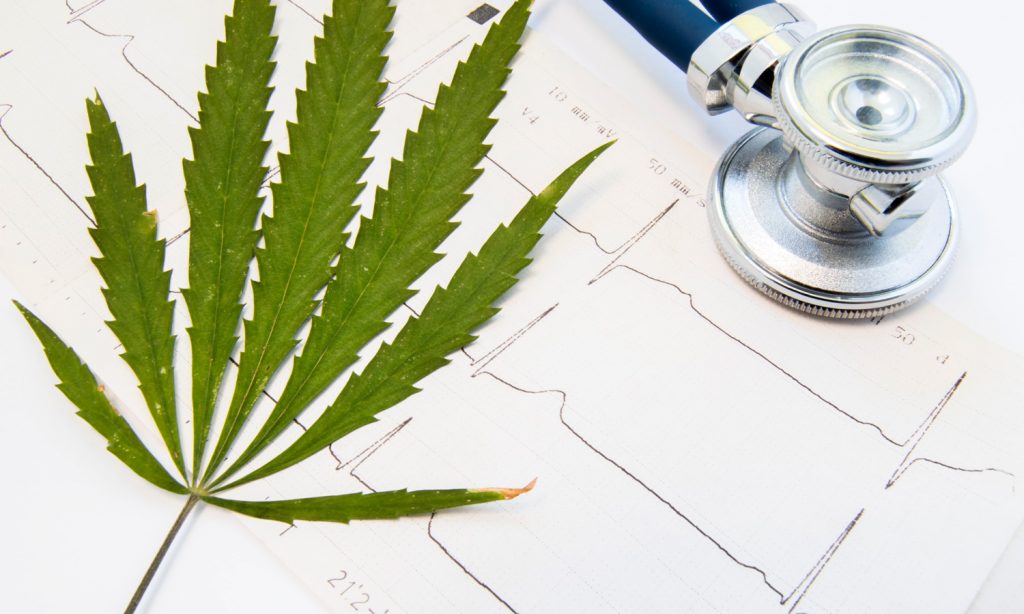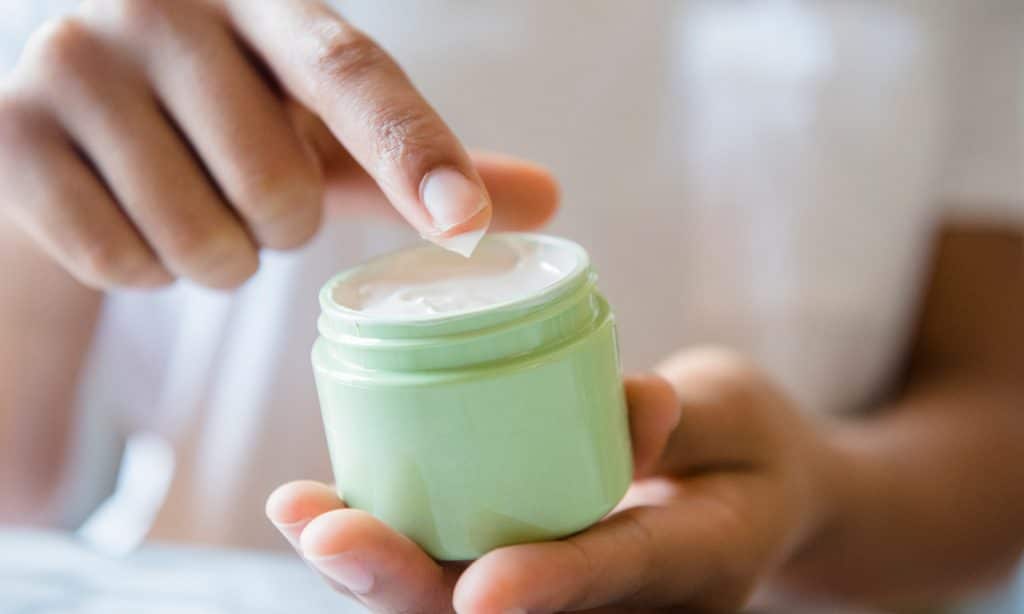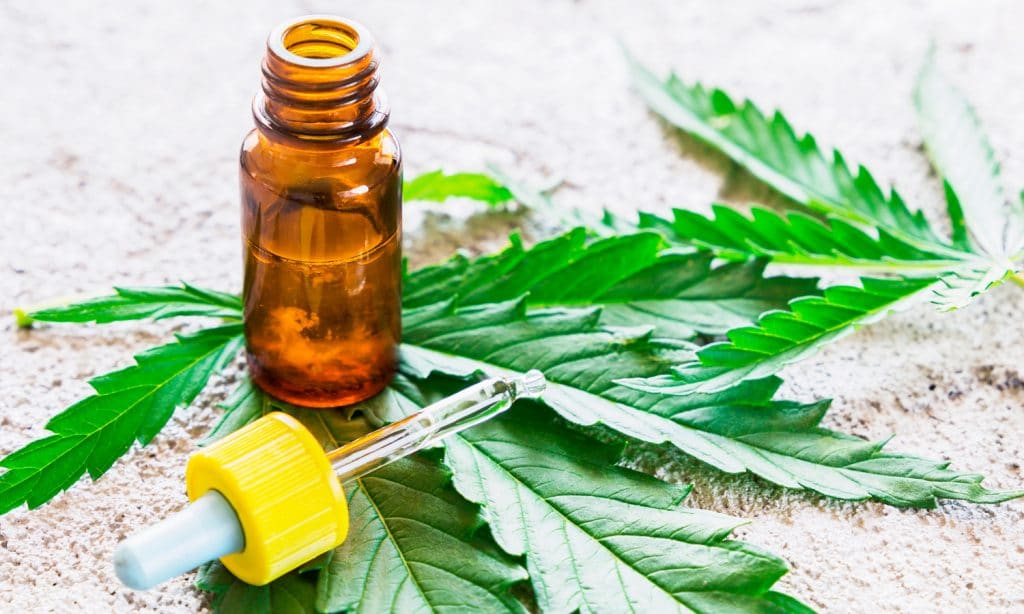If you’ve been holding your breath waiting for New York state to legalize recreational marijuana use, you’re not alone.
If you’re searching for clarity on the state’s approach to CBD products, decriminalization of pot use, clearing the records for past drug infractions or guidelines in starting up a cannabis-related business, you’re not alone in that, either.
It’s time for an updated look at where we stand with cannabis in New York.
“There’s a lot of uncertainty on all of this,” Kaelan Castetter, CEO of Binghamton-based cannabis company Castetter Sustainability Group, told a conference called Cannabis Insider Live Monday in Albany. “No one knows what it’s going to look like.”
But, Castetter said, "If you’re interested in cannabis in this state, you need to be prepared for what’s coming.''
Marijuana legalization, you may remember, failed to win approval in New York this year, despite many forecasts that this would be the year it became legal to light up.
The state has approved a so-called marijuana "decriminalization” law, but its full impact hasn’t yet been felt. And a bill that attempts to clarify the state’s confused stance on cannabis products, like CBD, is still awaiting action from Gov. Andrew Cuomo.
Cannabis Insider Live, presented by Advance Media New York, assembled several panels of experts to sort out and clarify the issues for about 90 attendees who came from across the state seeking answers. (Advance Media New York owns and operates syracuse.com, NYup.com and the Syracuse Post-Standard).
Much of the conference centered on the business of cannabis, but there was plenty of talk about other issues. The give-and-take from the conference offered several insights into what’s happening with cannabis in New York state:
1. Will recreational use marijuana use for adults win approval by the state, and when?
The panelists were optimistic the answer will be yes and that it will happen in the coming year -- but then again there was lots of optimism last year, too.
It is certain there will be another attempt to pass a bill. Bills will be introduced in both the state Assembly and Senate. Both houses are controlled by Democrats.
“I think it will happen, but it’s not going to be a perfect bill for everyone,” said Castetter, whose company grows hemp and makes wines using non-psychoactive hemp compounds. Recreational marijuana could, eventually, provide a boost to companies like his.
Last year, it looked like New York might join the 11 states that have legalized recreational marijuana. (New York is among 33 states that have already legalized medical marijuana). Gov. Andrew Cuomo, previously opposed to legalization except for medical use, threw his support behind it last year and attempted to have it included in the 2019-2020 budget.
But it failed to win enough support. It was hindered by disagreements over such questions as how retail sales should be handled, how to provide justice for minority communities ravaged by the drug wars, whether to allow counties to opt out of retail sales and whether to allow home-grown plants, among others.
A big part of the difficulty is that New York, unlike many of the states that have legalized marijuana, doesn’t have a mandate from the public.
“In the states that have this, it was done by public referendum, not by the legislature,” Melissa Moore, deputy state director of the pro-reform Drug Policy Alliance, said during Monday’s conference. “So there’s not really a model for doing it this way.”
Yet polls show most New Yorkers favor legal marijuana.
2. If marijuana becomes legal, who gets to process and sell it?
This is one of the complex issues that helped kill last year’s legalization attempt.
Although Cuomo pledged support for legal marijuana, many pro-legalization advocates accused his administration of favoring a system that would allow large companies to control the manufacture and sale of legal cannabis.
Many of the panelists at Monday’s conference would be prefer to see the legal marijuana business opened up to more than just a handful of big companies.
“We should do this so we create 1,000 millionaires, not one billionaire,” Castetter said. He warned that “vertical integration” of the business -- from growing to processing to sales -- would “stymie innovation.”
He suggested a system based on the current “three tier” model used by the alcohol industry, which separates manufacturing, wholesaling and retailing in most cases.
On the other hand, said Moore of the Drug Policy Alliance, some limits on the number of business might be acceptable. “You don’t want a free-for-all,” she said.
This also touches on the social justice issue: Advocates favor some sort of incentives to help marijuana business get a jump start in communities affected by disproportionately high criminal enforcement. And it involves the provisions of last year’s legalization bills that allowed counties and some larger cities to “opt out” of hosting cannabis retailers.
“We need to have some level of local control,” said Jervonne Singletary, assistant vice president of the New York City Economic Development Corporation. “But we can’t have ‘Reefer Madness’ take over. Opting out can’t be based on outdated hysteria.”
The questions surrounding the regulation of cannabis businesses have confounded policy-makers not just in New York, but in other states that have legalized marijuana.
“Nobody has figured it out in New York yet,” said Imani Dawson, managing partner of MGM Strategy, which focuses on branding and marketing in the cannabis industry. “But nobody has figured it out in California or Colorado, really. It’s still a nascent industry.”
3. If New York legalizes marijuana, will you be able to grow your own?
This is a hot button question for those who believe legalization is mostly about individual freedom. Cuomo’s initial plan did not allow home growing, but some of the other proposal last year would have allowed adults to possess up to 6 plants for “personal use.” They wouldn’t be able to sell it without a license.
Again, Castetter compared it to alcohol, specifically beer. “You can brew your own beer and also go to the store and buy it. If you can do that with beer, why can’t you grow some of your own (marijuana) and also buy it from retailers.”
But Castetter, an experienced hemp farmer, warns that growing cannabis “is not as easy as it seems.” Cannabis is sensitive to light, so growers have to take that into consideration.
“It’s an energy intensive process,” he said. “So it’s not for everyone.”
4. New York “decriminalized” marijuana this year. What does that mean?
There are two part to this: One reduces the penalties for possession, and the other clears the records of past low-level convictions.
The new law’s big change for new cases is reducing the penalty for possession of less than two ounces from a misdemeanor to a violation. That means just a fine and no criminal charges on your record.
Rob DiPisa, a New York City-area lawyer specializing in cannabis law, said the biggest impact going forward is a change that eliminates higher penalties for possessing marijuana “in public view.” Even if you’re stopped on the street, the possession penalty is the same as in your home.
“What this really affects is the ‘stop and frisk,’ cases,” DiPisa told the conference. Those are the situations in which police stop someone for another reason, and then find marijuana in their possession. “That’s going to cut out a lot of cases.”
On past convictions: Melissa Moore, of the Drug Policy Alliance, said as many as 800,000 criminal possession cases in New York -- involving possibly 500,000 people -- would be automatically “expunged” from the records by next year. (But, she said, that seals the records. Individuals would likely need to hire a lawyer to have the records physically destroyed).
Still, decriminalization is not the same as legalization. Using marijuana is still illegal, and growing and selling it will still result in major penalties.
“Decriminalization is not enough,” Moore told the conference. “If all we get is decriminalization, that’s a failure for New York.”
New York state has declared CBD in food and drinks to be illegal. But some products, like chocolate bars and gummis (left), can still be found, while others, like the CBD Cold Brew Coffee at right, have been pulled from the shelves.
5. What’s the legal status of CBD products?
This seemed like a relatively easy question to answer until this summer.
Products containing CBD (cannabidiol) can be found almost everywhere in New York, from supermarkets to coffee shops. The cannabis extract does not contain significant amounts of THC, the psychoactive component of marijuana, but it has been touted in some circles for its health effects (most of which are not proven).
It’s been available in topical oils, salves and tinctures, and in candies, coffees, muffins and other consumable items. The boom began in 2018, when the federal farm bill legalized the farming of hemp (but not marijuana), from which CBD can be extracted. New York state is now licensing dozens of hemp growers across the state through a pilot program
Then the New York Department of Agriculture & Markets issued an advisory letter July 19 that says CBD is illegal in New York when added to food or drinks. The advisory does not apply to topical oils, patches, oral tinctures or other uses. It also does not apply to foods or beverages containing hemp seed oil (without CBD).
And, it turns out, the state has not enforced the advisory evenly. Some edible products have been pulled from shops; many others have not.
“It’s a gray area,” said Allen Gandleman, who runs Head + Heal, a cannabis grower/processor in Cortland and is president of the New York Cannabis Growers and Processors Association. “There’s been a lot of trial and error.”
Two potential changes are in the works: First, the state Legislature approved a “hemp extracts bill” in June that is an attempt to clarify the rules for processing and selling CBD products. It has not yet been signed by the governor, whose office is still studying it.
The bill, as currently written, would allow beverages to contain up to 22 miligrams of CBD per serving. But it would not legalize CBD in food.
Gandleman supports that bill in part because it establishes strict procedures for New York-processed CBD and gives priority to New York’s cannabis industry. In the current marketplace, many CBD products available in New York are processed in states with less stringent regulation.
“You don’t always know what you’re getting with some of these products,” Gandleman said. It’s an uneven marketplace."
If the New York hemp extract bill becomes law, “this state will have the strongest, strictest regulations in the country.”
Meanwhile the Federal Drug Administration, which currently considers edible CBD to be illegal, is working on some new regulations too.
Rob DiPisa, the cannabis lawyer, said clear new rules from the FDA would be helpful for everyone.
“Right now, we’re all driving blind,” DiPisa said. “We’re doing what we think is right now and hoping we don’t have to do a 180 (degree turn) when the new regulations do drop.”













/s3.amazonaws.com/arc-wordpress-client-uploads/wweek/wp-content/uploads/2019/10/08171544/lede_Pepita-BullRun_4550.jpg)
/s3.amazonaws.com/arc-wordpress-client-uploads/wweek/wp-content/uploads/2019/10/08171542/lede_Muru-syrup_4550.jpg)
/s3.amazonaws.com/arc-wordpress-client-uploads/wweek/wp-content/uploads/2019/10/08171540/lede_hemp-joint_4550.jpg)